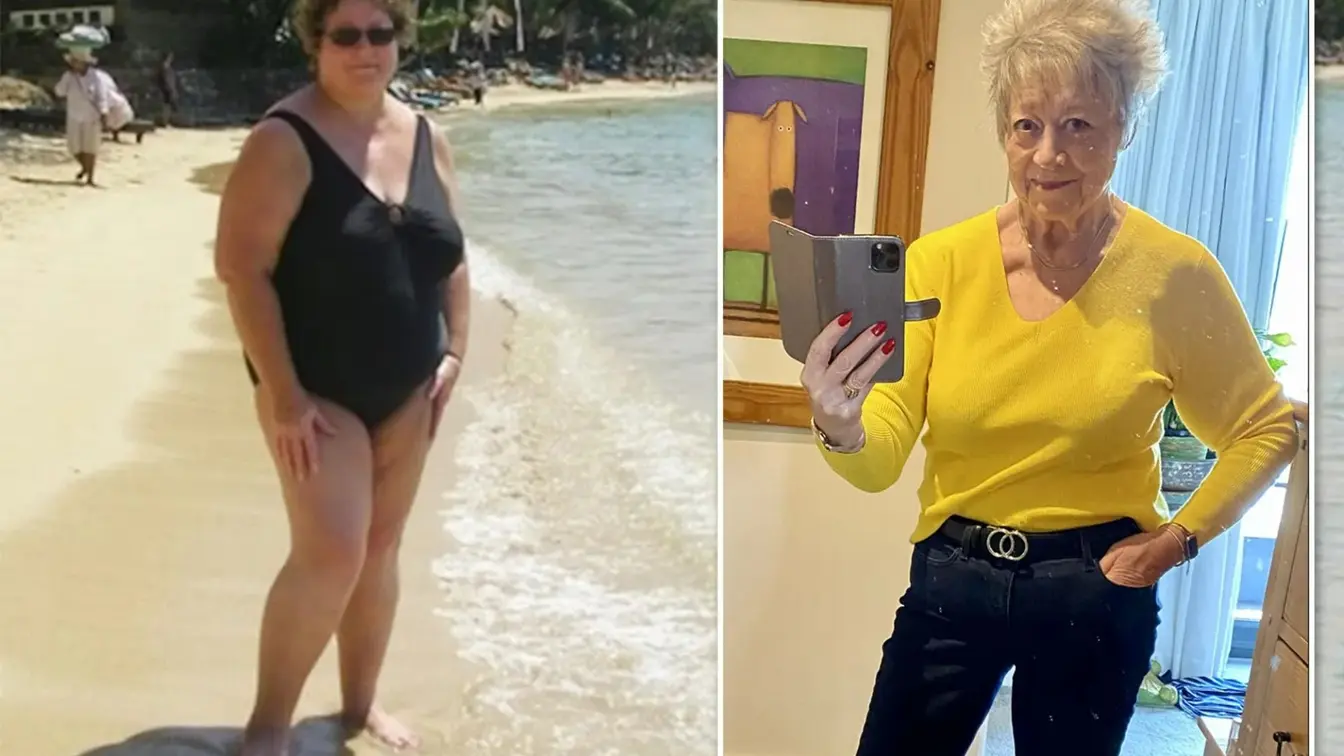T4K3.news
Walking adjustments ease knee osteoarthritis pain
New gait training shows promise in reducing knee pain and slowing cartilage degeneration, with AI tools potentially widening access.
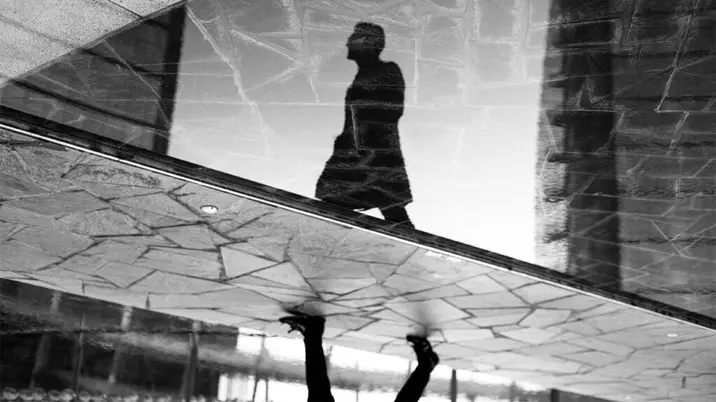
A new study suggests gait changes can relieve knee pain and slow cartilage loss, potentially matching some medications.
Walking adjustments ease knee osteoarthritis pain
Researchers from the University of Utah, New York University and Stanford University report that teaching patients to adjust their foot progression angle by about 5 to 10 degrees can reduce knee load and lower pain in early medial knee osteoarthritis. The study, published in The Lancet Rheumatology, followed 68 adults with early-stage disease over a year. After six weeks of weekly gait retraining, participants practiced the new walking pattern for at least 20 minutes a day. By the end, those in the intervention group showed greater pain relief and less cartilage degeneration than the control group.
Experts caution that gait changes are not simple. A person’s walking pattern depends on many linked muscles, bones and nerves, and changing it can require specialized gait labs and trained clinicians. While AI tools may help estimate knee loading and tailor foot angle for each patient, access to this technology could be limited by cost and equipment. The findings are promising but come from a relatively small group and a limited follow-up, so longer-term results are still uncertain.
Key Takeaways
"The results of this study by Uhlrich et al. examining the effect of gait retraining on knee osteoarthritis outcomes are encouraging."
David Kruse, MD, on the study results
"The improvement in pain is significant, and of the same magnitude of what is typically achieved with pain medications, but without any of the pharmacological side effects."
Valentina Mazzoli, PhD, on pain relief
"Understanding what changes are beneficial can be the first hurdle, followed by the challenge of establishing the alteration of gait as the individual’s new normal."
David Kruse, MD, on implementation challenges
"AI-based technology allows estimate knee loading and determine the best personalized foot angle for each patient."
Valentina Mazzoli, PhD, on AI tools
If gait retraining proves durable in broader patient groups, it could shift OA care toward a biomechanical approach that complements drugs. The prospect of a drug-free option that slows cartilage wear intrigues researchers and patients alike, but success depends on scalable training, clinician availability, and patient adherence.
Policy makers and insurers will weigh cost against potential savings from reduced pain and disability. Without shared investment in training infrastructure, gains could stay confined to major centers, widening gaps in care.
Highlights
- A better stride could slow knee wear.
- AI could bring gait retraining to more clinics.
- Pain relief from walking tweaks without drugs.
- Gait changes may become a new standard in early OA care.
Cost and access risks in gait retraining
Gait modification requires specialized gait labs, trained staff, and often AI tools. Without affordable options, benefits may be limited to well-funded clinics and could worsen equity in OA care.
Time will tell if gait change becomes a routine part of OA care.
Enjoyed this? Let your friends know!
Related News
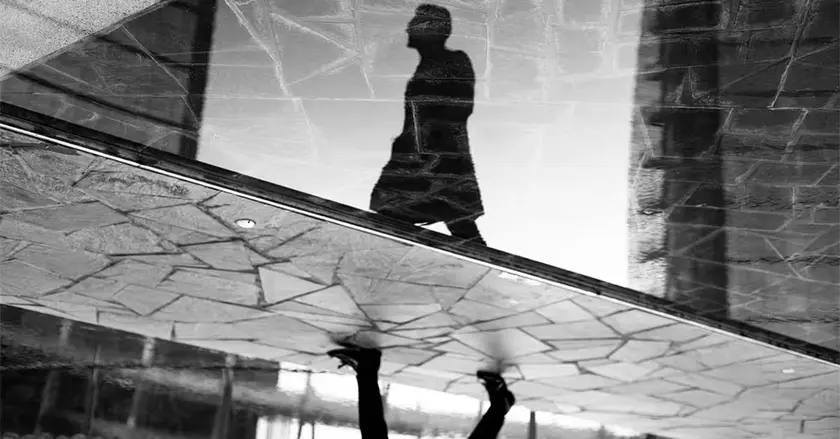
Gait change lowers knee pain
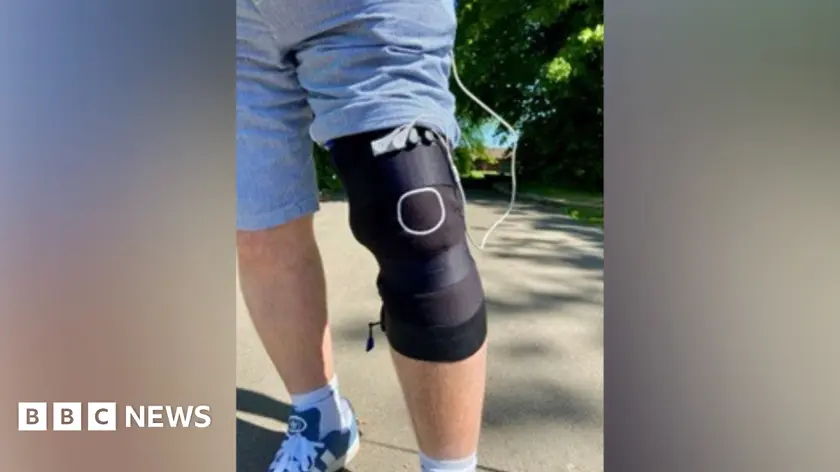
Knee sleeve reduces pain for osteoarthritis patients
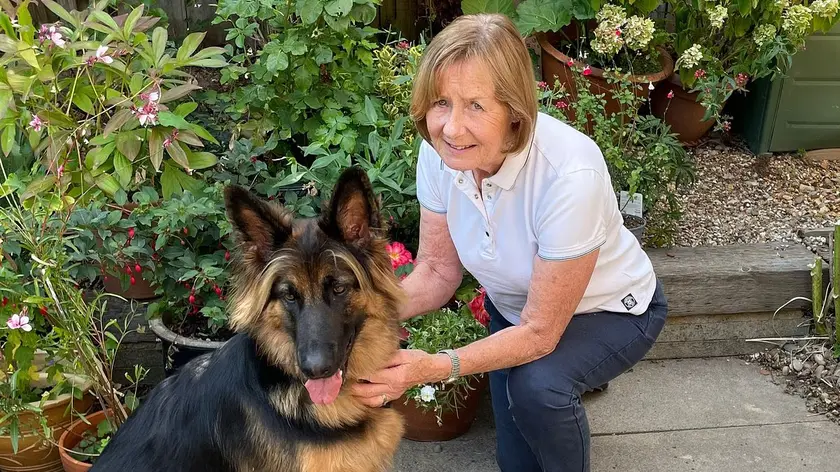
Knee pain relief comes from a horse-origin gadget
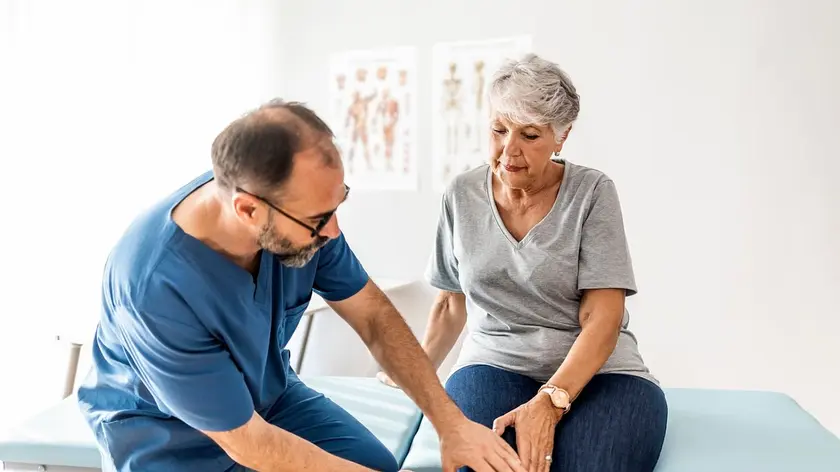
New gene therapy shows promise for treating knee pain

Office chairs tested show value across budgets

Durability and depth on display in Eagles Browns joint practice

DWP releases full list of conditions for weekly payment
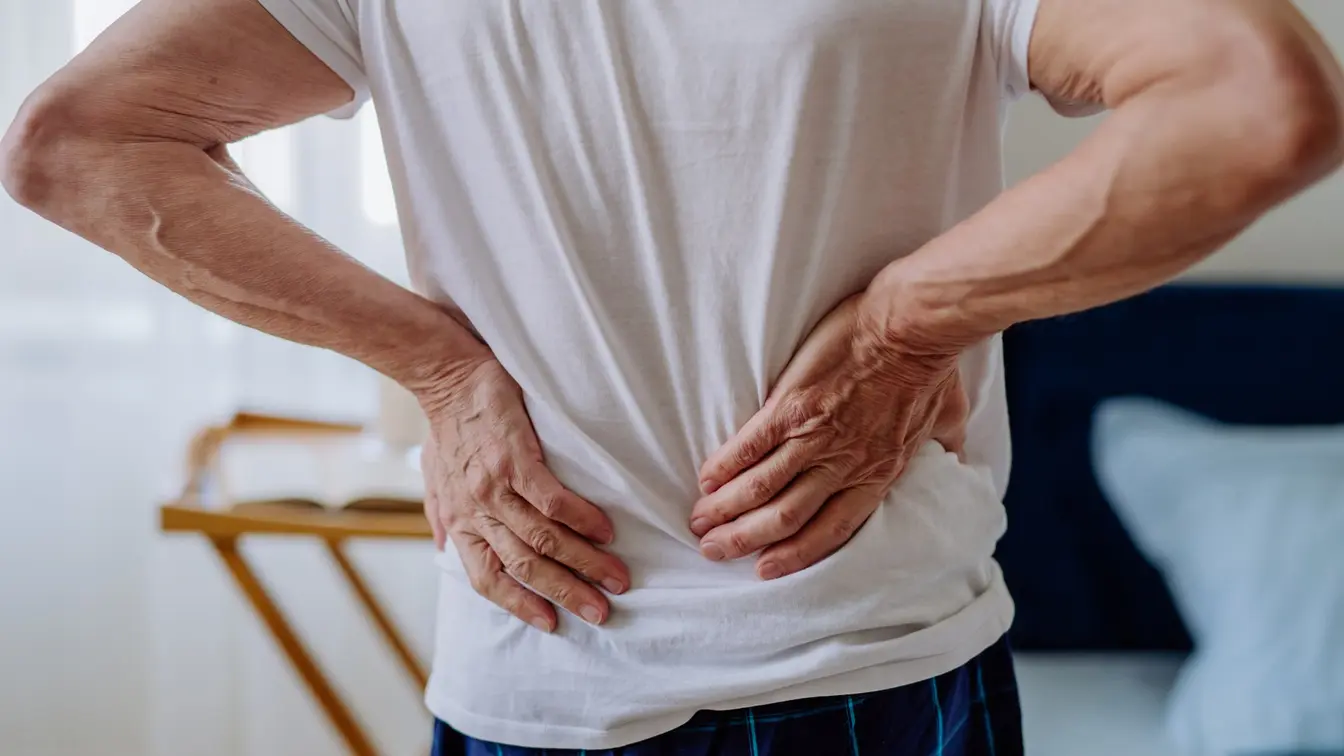
Back pain affects millions globally
